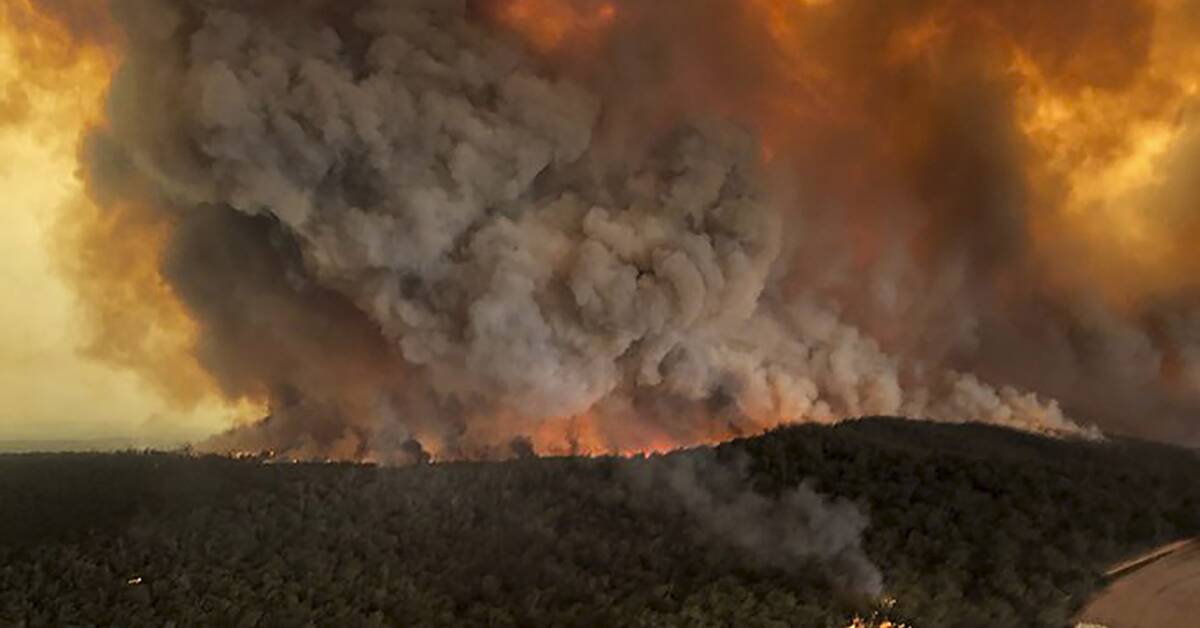Previous research has shown that more than a million tonnes of smoke were pumped into the atmosphere during the bushfires that raged in late 2019 to early 2020 - devastating fires that destroyed eucalyptus forests and shrouded Sydney and other cities in smoke and ash for months.
The new study - published in the journal Nature - points out that the components of the smoke caused a chemical reaction in the atmosphere which in turn caused the ozone hole to grow by the equivalent of two million square kilometers.
The ozone hole was first caused by human pollution, but in recent decades global agreements have given the ozone layer a chance to heal.
Various UN models have predicted that the ozone layer over the Southern Hemisphere will be fully restored by 2060.
But Susan Solomon, the lead researcher behind the study, worries that the effects of climate change, such as more frequent and intense wildfires, could slow the recovery.
- I don't think it will stop the recovery completely.
But that can stop it from actually recovering when we think it should.

